Complete Solutions to Alternating Current of chapter ALTERNATING CURRENT of Class 12 book with complete answers and questions
| Class 12 | PHYSICS |
| Chapter | ALTERNATING CURRENT |
| NCERT EXEMPLAR | Alternating Current |
| Number Of Questions | 31 |
| Academic Year | 2023-24 |
If the rms current in a 50 Hz ac circuit is 5 A, the value of the current `1//300` second after its value becomes zero is
View SolutionAn alternating current generator has an internal resistance `R_(g)` and an internal reactance `X_(g)`. It is used to supply power to a passive load consisting of a resistance `R_(g)` and a reactance `X_(L)`. For maximum power to be delivered from the generator to the load, the value of `X_(L)` is equal to
View SolutionWhen a voltage measuring device is connected to a.c. mains the meter shows the steady input voltage of `220 V`. This means
View SolutionTo reduce the resonant frequency in an `LCR` series circuit with a generator
View SolutionWhich of the following combinations should be selected for better turning of an LCR circuit used for communication ?
View SolutionA inductor of reactance `1 Omega` and a resistor of `2 Omega` are connected in series to the terminals of a 6 V (rms) a.c. source. The power dissipated in the circuit is
View SolutionThe output of a step-down transformer is measured to be `24 V` when connected to a 12 watt light bulb. The value of the peak current is
View SolutionAs the frequency of an ac circuit increases, the current first increases and then decreases. What combination of circuit elements is most likely to comprise the circuit ?
View SolutionIn an alternating current circuit consisting of elements in series, the current increases on increasing the frequency of supply. Which of the following elements are likely to constitute the circuit ?
View SolutionElectrical energy is transmitted over large distances at high alternating voltages. Which of the following statements is (are) correct?
View SolutionFor an LCR circuit, the power transferred from the driving source to the driven oscillator is `P = I^(2) Z cos phi`.
View SolutionWhen an AC voltage of 220 V is applied to the capacitor C
View SolutionThe line the draws power supply to your house from street has
View SolutionIf a LC circuit is considered analogous to a harmonically oscillating spring block system, which energy of the LC circuit would be analogous to potential energy and which one analogous to kinetic energy ?
View SolutionDraw the effective equivalent circuit of the circuit show in Fig. at very high frequencies and find the effective impedance.
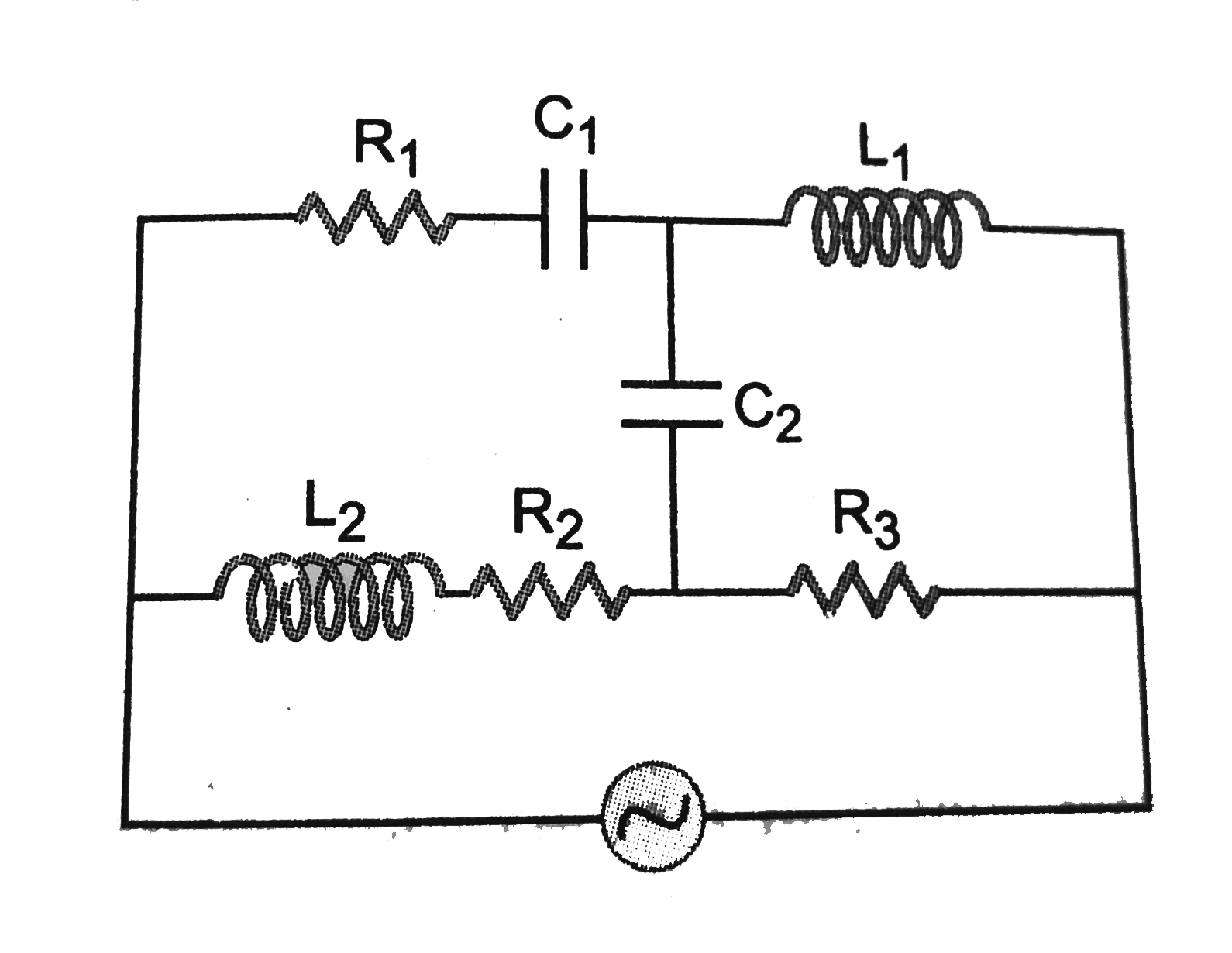
View SolutionStudy the circuit (a) and (b) shown in Fig. and answer the following questions.
(a) Under which conditions would the rms currents in the two circuits be the same ?
Can the rms current in circuit (b) be larger than that in (a) ?
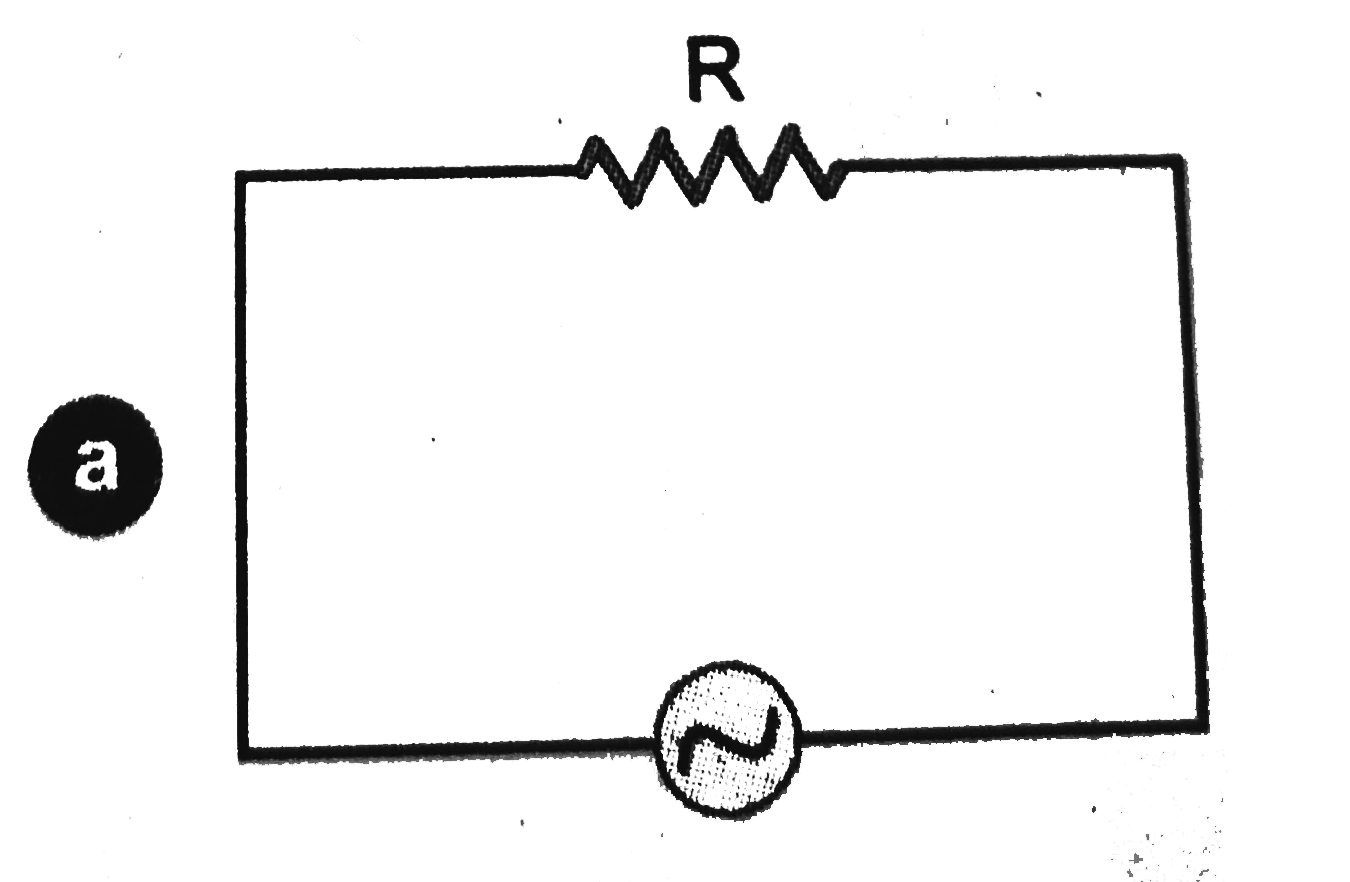
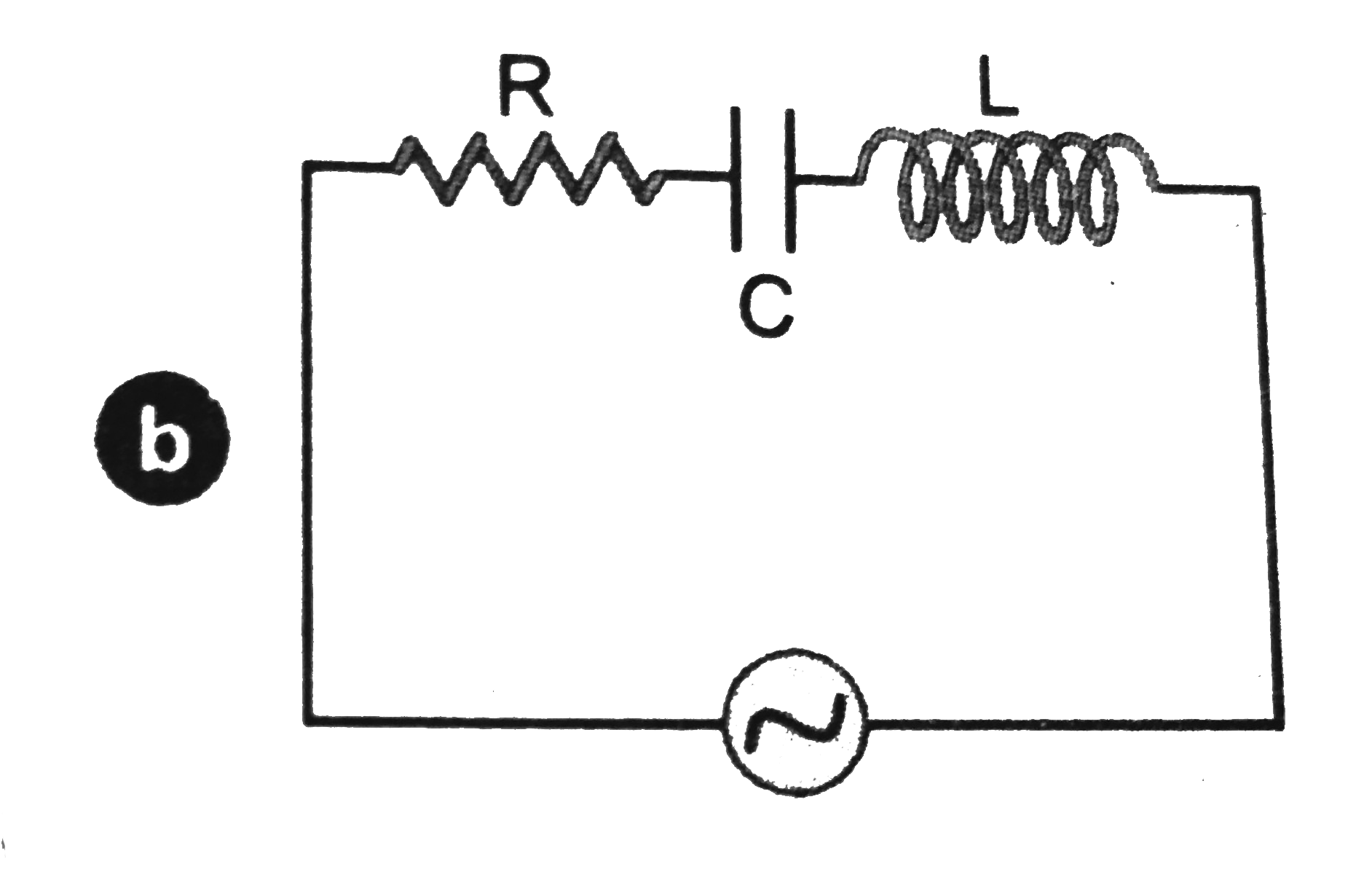
View SolutionCan the instantaneous power output of an ac source ever be negative ? Can the average power output be negative ?
View SolutionIn series LCR circuit, the plot of `I_("max")` versus `omega` is shown in figure. Find the bandwidth and mark in the figure.
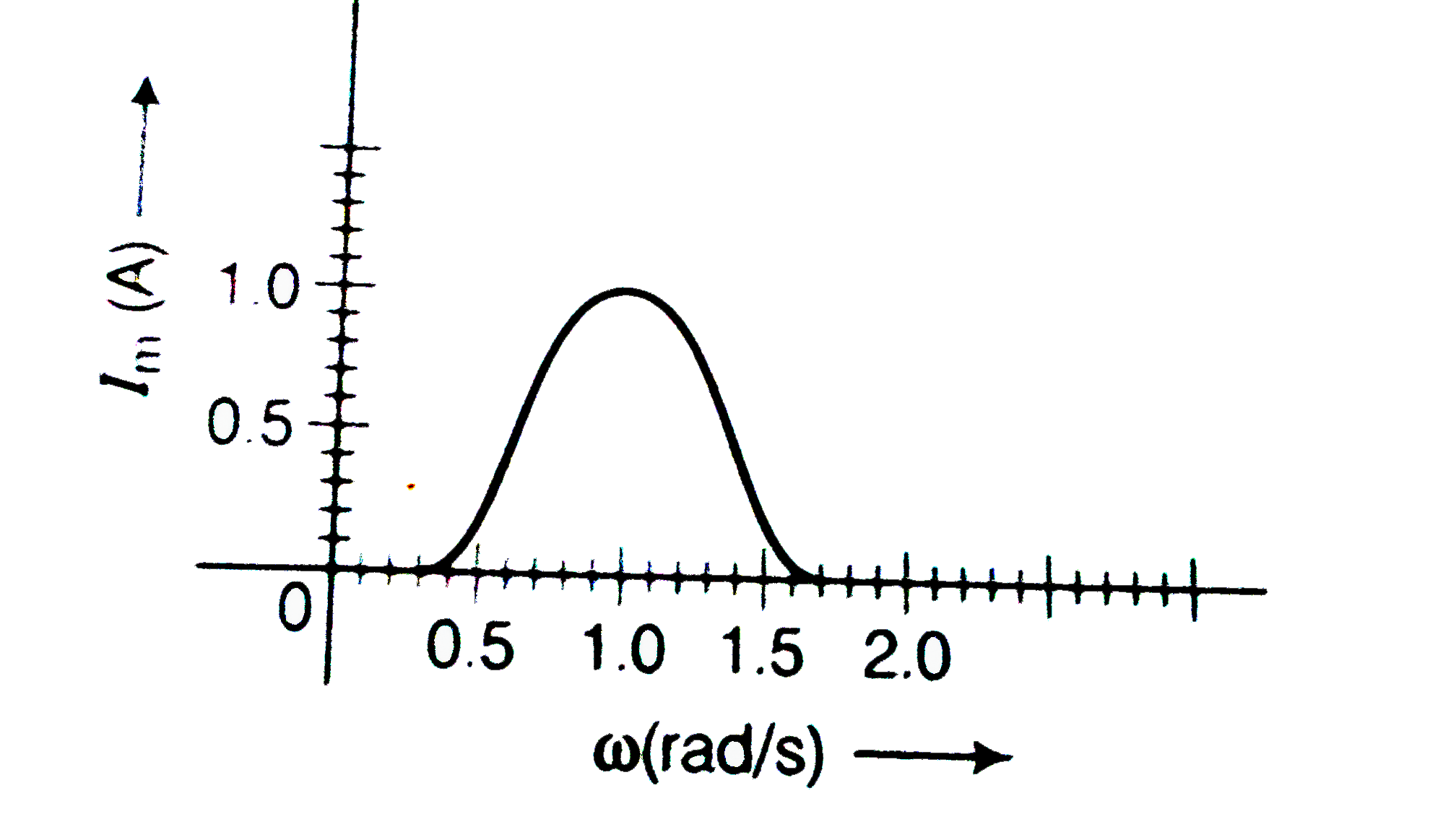
View SolutionThe alternating current in a circuit is described by the graph shown in Fig. Show rms current in this graph.
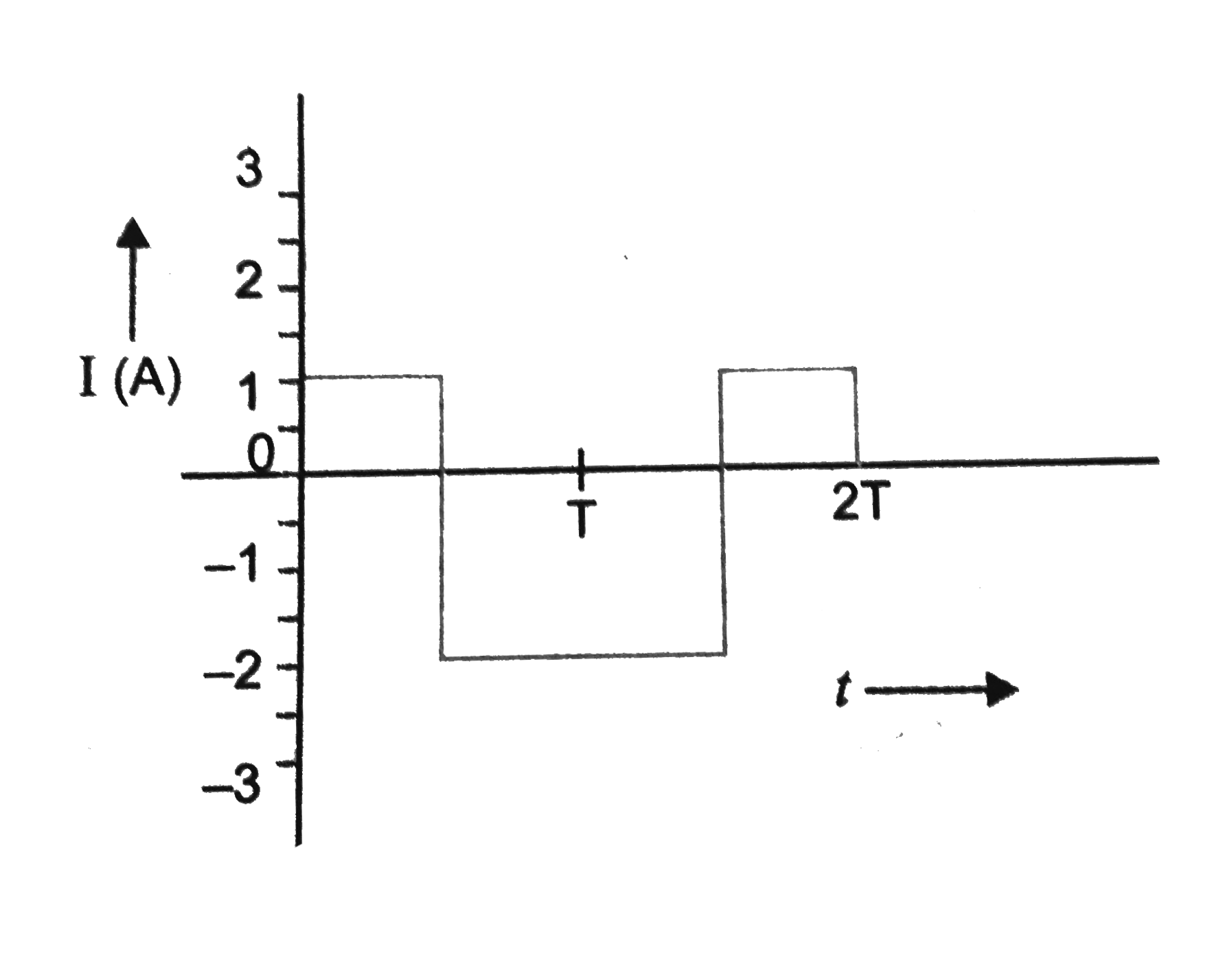
View SolutionHow does the sign of the phase angle `phi`, by which the supply voltage leads the current in an LCR series circuit, change as the supply frequency is gradually increased from very low to very high values ?
View SolutionA device 'X' is connected to an AC source. The variation of voltage, current and power in one complete cycle is shown in figure.
a) Which curve shows power consumption over a full cycle?
b) What is the average power consumption over a cycle?
c) Identify the device X.

View SolutionBoth alternating current and direct are measured in amperes. But how is the ampere defined for an alternating current ?
View SolutionA coil of 0.01 henry inductance and 1 ohm resistance is connected to 200 volt, 50 Hz ac supply. Find the impedance of the circuit and time lag between max. alternating voltage and current.
View SolutionA 60 W load is connected to the secondary of a transformer whose primary draws line voltage. If a current of 0.54 A flows in the load, what is the current in the primary coil? Comment on the types of transformer being used.
View SolutionExplain why the reactance provided by a capacitor to an alternating current decreases with increasing frequency.
View SolutionExplain why the reactance offered by an inductor increases with increasing frequency of an alternating voltage.
View SolutionAn electrical device draws 2 kW power form AC mains [voltage 223 V (rms) `= sqrt(50,000) V`]. The current differs (lags) in phase by `phi (tan = (-3)/(4))` as compared to voltage. Find (i) R, (ii) `X_(C ) - X_(L)`, and (iii) `I_(M)`. Another device has twice the values for R, `X_(C )` and `X_(L)`. How are the answers affected ?
View Solution1 MW power is to be delivered from a power station to a town 10 km away. One uses a pair of Cu wires of radius 0.5 cm for this purpose. Calculate the fraction of ohmic losses to power transimitted if (i) power is transformer is used to boost the voltage to 11000 V, power transmitted, then a step down transformer is used to bring voltages to 220 V. `(rho_(Cu) = 1.7 xx 10^(-8) SI`unit)
View SolutionConsider the L-C-R circuit shown in the fiure. Find the net current I and the phase of i. Show that `i=V/Z`. Find the impedance Z of this circuit.
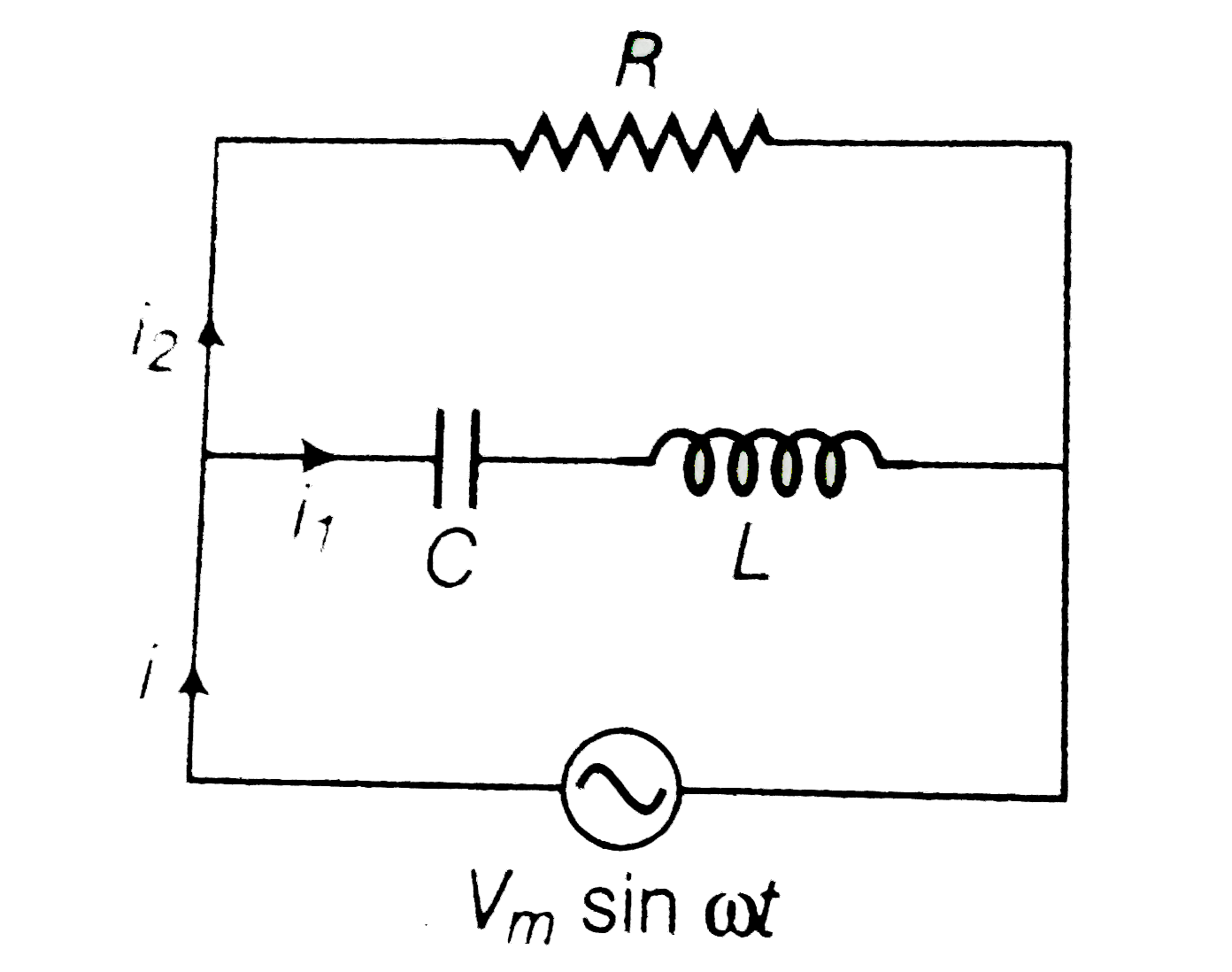
View SolutionFor an LCR circuit driven at frequency `omega`, the equation reads `L (di)/(dt) + Ri + (q)/(C ) = upsilon_(i) = upsilon_(m) sin omega t`
(i) Multiply the equation by I and simplify where possible. (ii) Interpret each term physically.
(iii) Cast the equation in the form of a conservation of energy statement.
(iv) Intergrate the equation over one cycle to find that the phase difference between `upsilon` and i must be acute.
View SolutionIn the LCR circuit shown in Fig., the ac driving voltage is `upsilon = upsilon_(m) sin omega t`.
(i) Write down the equation of motion for q (t).
(ii) At `t = t_(0)`, the source stops and R is short circuited.
Now write down how much energy is stored in each of L and C.
(iii) Describe subsequent motion of charges.
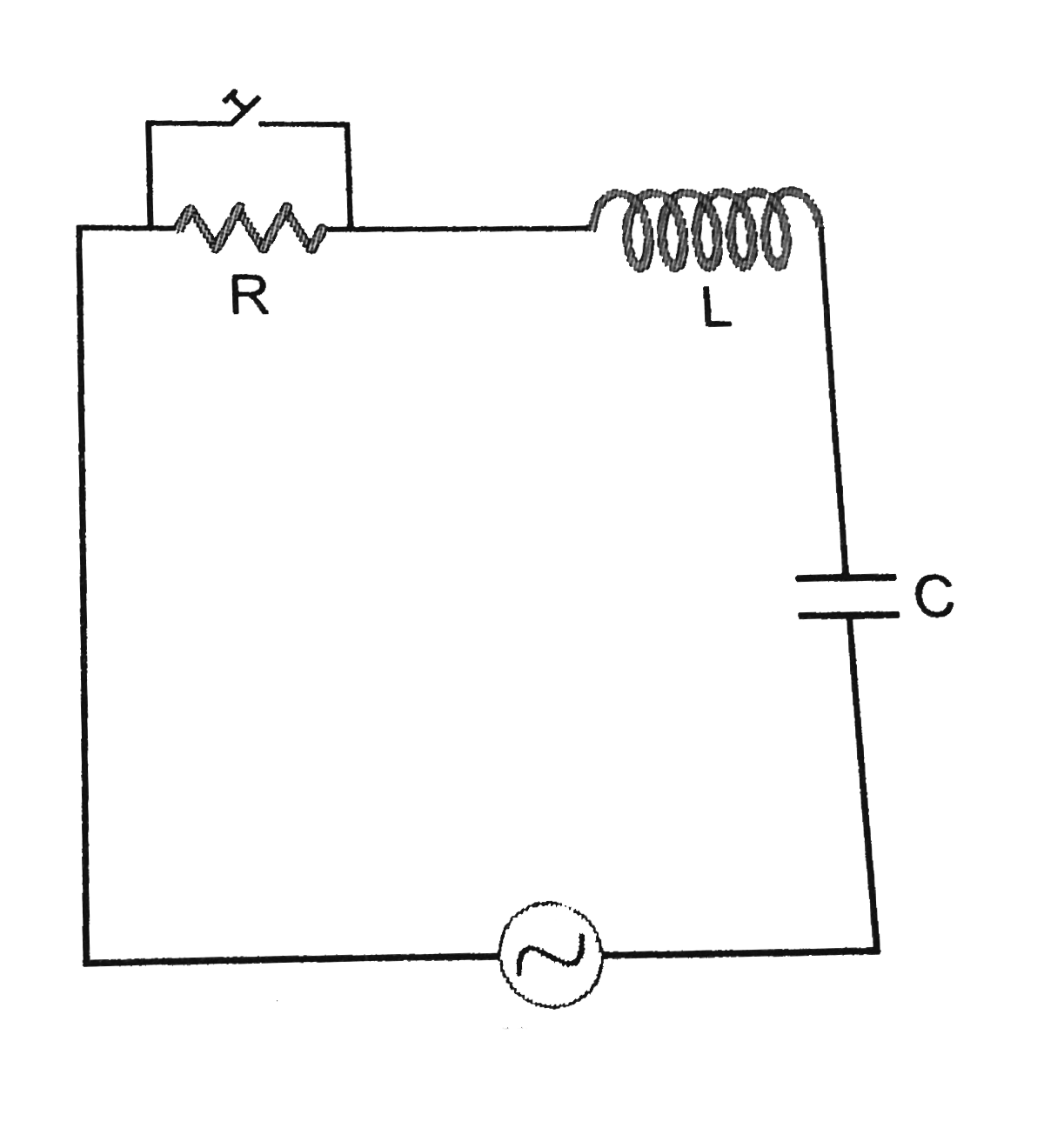
View Solution
Alternating Current questions and complete solutions for chapter ALTERNATING CURRENT of NCERT PHYSICS (HINGLISH) of Class 12